Cornelia Barns
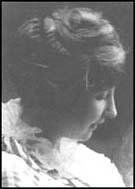
Cornelia Barns, the daughter of a theatre impresario, was born in Flushing, New York, on 25th September 1888. She attended the Pennsylvania Academy of Fine Arts and her cartoons published in The Masses, The Suffragist, The Women Voter, The Liberator, The New Masses and the Birth Control Review.
Max Eastman, the magazine editor, argued in his book, Love and Revolution (1965): "Cornelia Barns possessed an instinct for the comic in pictorial art that few American artists have ever surpassed. She was a gentle brown-eyed girl with soft hair sleeked down around a comely and quiet face. She had no ambition or aggression in her nature, and came through the open door of the Masses like a child into a playroom, moved only by her liking for what she saw there. When its door closed she disappeared from fame as quietly as she had entered upon it - I don't know why."
After the death of a patient during childbirth Margaret Sanger decided to devote her life to making reliable contraceptive information available to women. She published the Birth Control Review and persuaded Cornelia Barns and Lou Rogers to be co-art editors of the journal. The main theme of her articles was that "no woman can call herself free who doesn't own and control her own body."
After the USA declared war on the Central Powers in 1917, The Masses came under government pressure to change its policy. When it refused to do this, the journal lost its mailing privileges. In July, 1917, it was claimed by the authorities that articles by Floyd Dell and Max Eastman and cartoons by Art Young, Boardman Robinson and Henry J. Glintenkamp had violated the Espionage Act. Under this act it was an offence to publish material that undermined the war effort. One of the journals main writers, Randolph Bourne, commented: "I feel very much secluded from the world, very much out of touch with my times. The magazines I write for die violent deaths, and all my thoughts are unprintable."
In 1918 the same people who produced The Masses, including the editor, Max Eastman, went on the publish a very similar journal, The Liberator. The journal published information about socialist movements throughout the world and was the first to break the news that the Allies had invaded Russia. Barns, a socialist, also contributed to this magazine.
After the death of a patient during childbirth Margaret Sanger decided to devote her life to making reliable contraceptive information available to women. She published the Birth Control Review and persuaded Lou Rogers and Cornelia Barns to be co-art editors of the journal. The main theme of her articles was that "no woman can call herself free who doesn't own and control her own body."
In 1920 Michael Gold was appointed editor of The Liberator. Two years later the the journal was taken over by Robert Minor and the Communist Party and in 1924 was renamed as The Workers' Monthly. Many of the people who contributed to the The Masses and The Liberator, were unhappy with this development and in 1926, they started their own journal, the New Masses. Barnes also contributes the magazine.
Barns was a socialist and her cartoons dealt with issues as women's suffrage. A member of the National Woman Suffrage Association she produced cartoons for its newspaper, The Suffragis. Her cover, "Waiting," published in 1919 is a powerful portrayal of an unending mass of strong-bodied women, two with babies in their arms, holding a lighted torch while waiting for political recognition through suffrage.
After the First World War, Cornelia, suffering from tuberculosis, moved to California with her husband, Arthur Selwyn Garbett and young son. In her later years she designed magazine covers and contributed cartoons to local newspapers.
Cornelia Barns died on 4th November 1941.
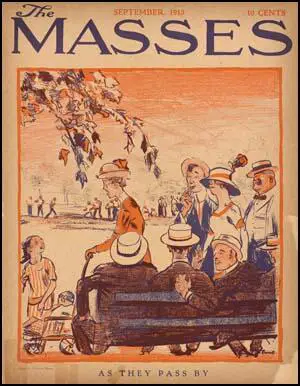
Cornelia Barns, The Masses (September 1913)
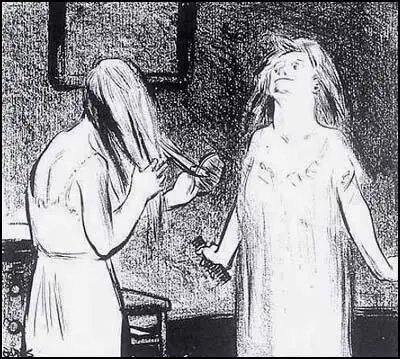
Cornelia Barns, The Masses (March 1914)
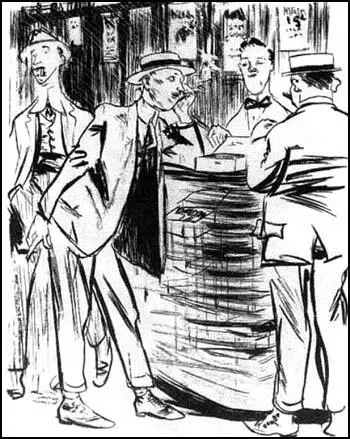
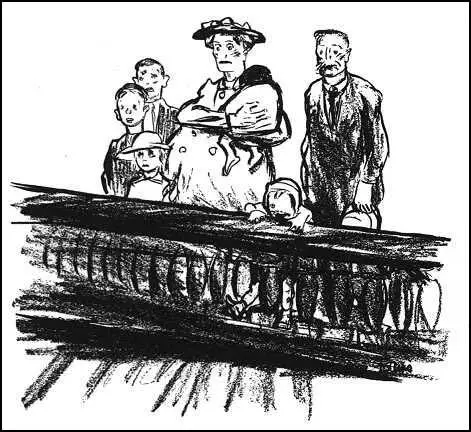
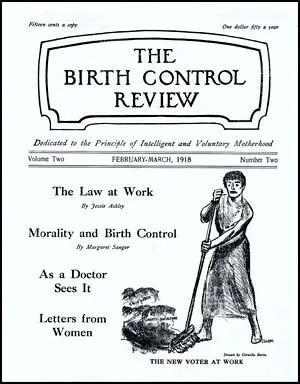
xx
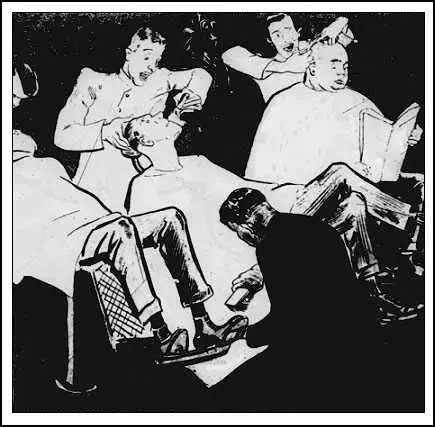
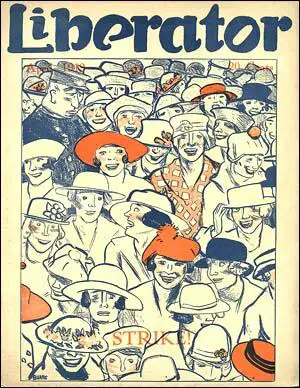
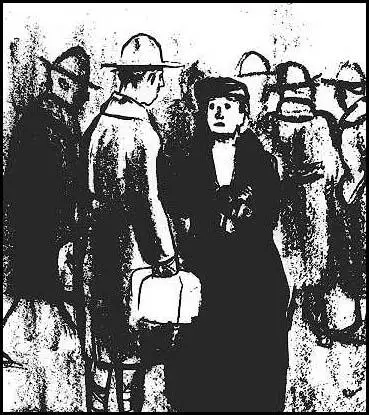
Cornelia Barns, New Masses (June, 1926)
Primary Sources
(1) Max Eastman, Love and Revolution (1965)
Cornelia Barns possessed an instinct for the comic in pictorial art that few American artists have ever surpassed. She was a gentle brown-eyed girl with soft hair sleeked down around a comely and quiet face. She had no ambition or aggression in her nature, and came through the open door of the Masses like a child into a playroom, moved only by her liking for what she saw there. When its door closed she disappeared from fame as quietly as she had entered upon it - I don't know why.

